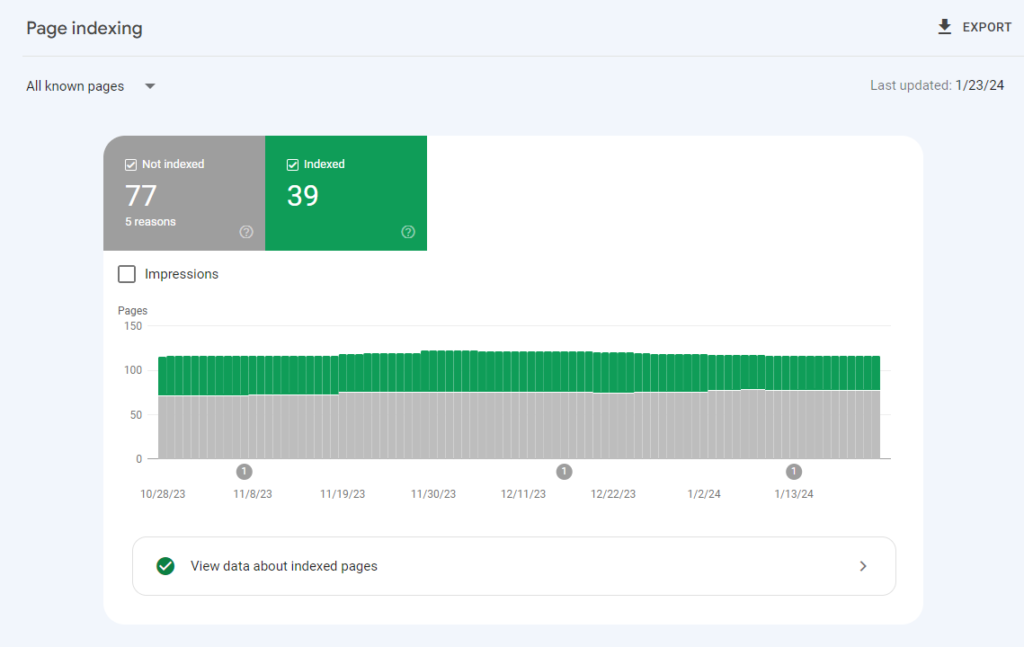Getting your website seen online has a secret ace up its sleeve: technical SEO. Imagine it as laying down the perfect foundation for your house – sturdy and easy to find for Google and other search engines. A little work here gives your website a major boost in search results.
Don’t get intimidated by the word “technical.” This isn’t brain surgery—it’s a collection of straightforward fixes that anyone can implement for some awesome SEO impact.

Table of Contents
Search Engines: Robots with a Purpose
Understanding how search engines work is key! Here’s how they use their bots to get the job done:
- Crawling: Discovering your website, page by page, by hopping from link to link.
- Indexing: Organizing everything it finds in its huge catalog for potential search results.
- Ranking: Calculating which pages are the best at answering people’s search queries.
Technical SEO’s mission? Make these tasks a walk in the park for those helpful bots.
Your Technical SEO Action Plan
Let’s dive into those important aspects, starting where many beginners trip up:
1. No Entry! When Bots Meet Barriers
- Robots.txt: Gatekeeper for Good: Don’t overcomplicate the robots.txt file. Its purpose is protecting private areas like admin logins, not banning Google from your party. Keep it focused to prevent crawling problems.
- Sitemap.xml: The Ultimate Tour Guide: A well-built sitemap is like a tourist brochure for your website – bots don’t have to guess, they see how everything fits together and find content you definitely want indexed.
- Noindex Tag: Secret Handshake Sometimes you have pages you don’t want showing up when people search, like thank-you pages or admin logins. The noindex tag secretly tells bots, “Ignore this, nothing to see here!”
2. Speed it Up: Happy Website = Happy Everyone
- The Need for Speed: Websites that take ages to load frustrate visitors and search engines. Page speed is crucial! Think of it like Google timing your site while people impatiently tap their feet. Tools like PageSpeed Insights tell you exactly where to focus.
- Image Overload: Stunning visuals are key, but huge images are speed enemies. Three key tactics are vital:
- Compression: Making image file sizes smaller without ruining the picture
- New Formats: Explore WebP images that offer the same quality for even smaller files
- Lazy Loading: Images appear only as people scroll, preventing an overload while the page opens
- Code Bloat: Behind every webpage is code (HTML, CSS, JavaScript). Sometimes, unnecessary bits accumulate, creating lag. Cleaning and simplifying makes your site hum along.
3. Mobile is Mandatory
- Small Screen Spotlight: Google cares deeply about mobile usability. Think of website design as being for smartphones just as much as laptops. Google offers a test to judge how well you’re doing. Don’t make phone users pinch and zoom; adapt!
- Content Check: Double-check your mobile site! Text that’s too small, buttons that don’t fit fingers, or content lost entirely are major red flags – for website visitors and search engines
4. Safety: HTTPS is Non-Negotiable
- The Lock Icon Matters: HTTPS indicates a secure website – most browsers will even warn people off when this is missing! Besides being scary for visitors, it can hurt your rankings. Let’s Encrypt is an awesome resource for making this totally free and easy.
5. Duplicate Trouble: Avoid Content Cloning
- Uniqueness is Power: Avoid repeating content across pages. One well-written product description is better than three watered-down copies. Focus on high-quality original content – Google is keen on this!
Bonus Tip: Structured Data – Super Organization
- Stand Out in Search: Structured data (or Schema markup) is like giving search engines a summary of your page in their language. Tell them it’s an article, recipe, or event, and you unlock cool search result formats that stand out! Schema.org can guide you.
With this checklist in hand, you’re on your way to mastering technical SEO basics and helping your site attract those all-important search engine bots.

Leave a Reply